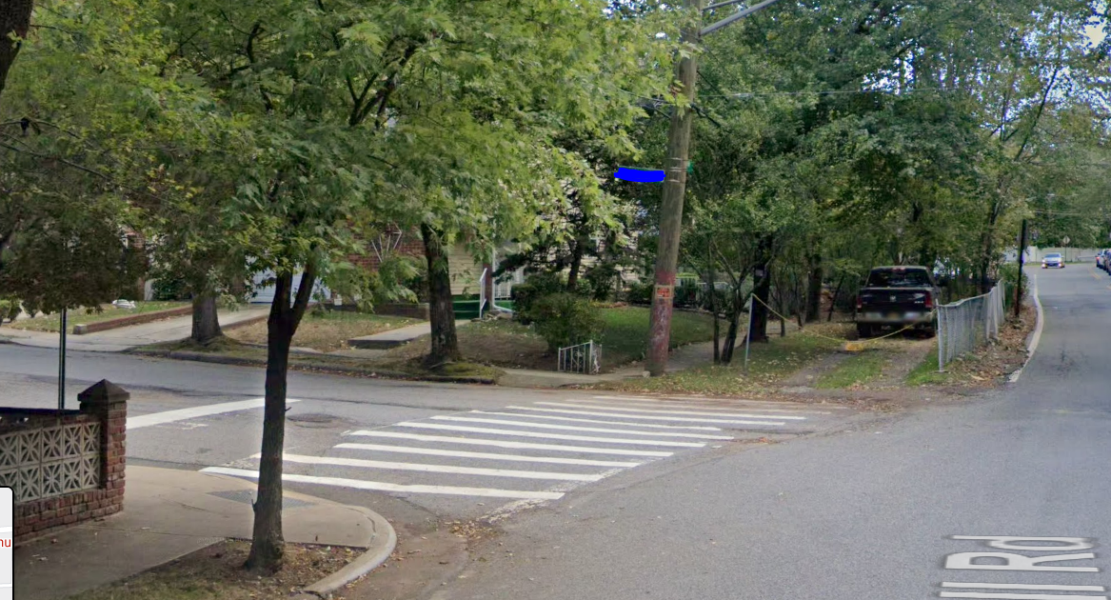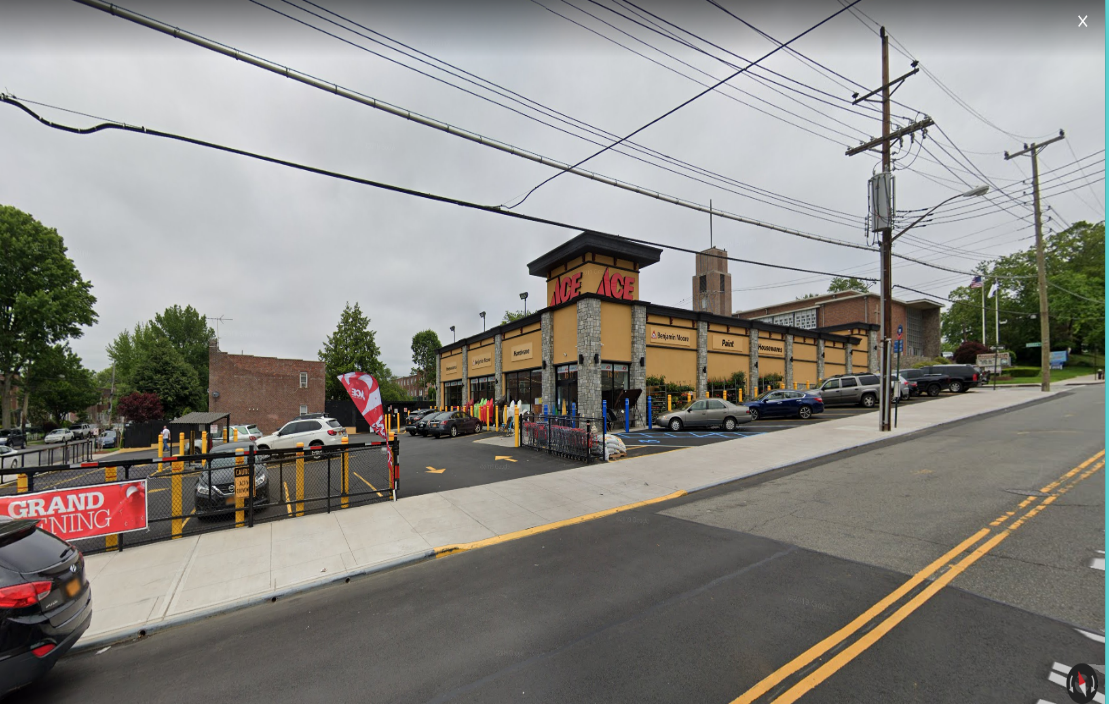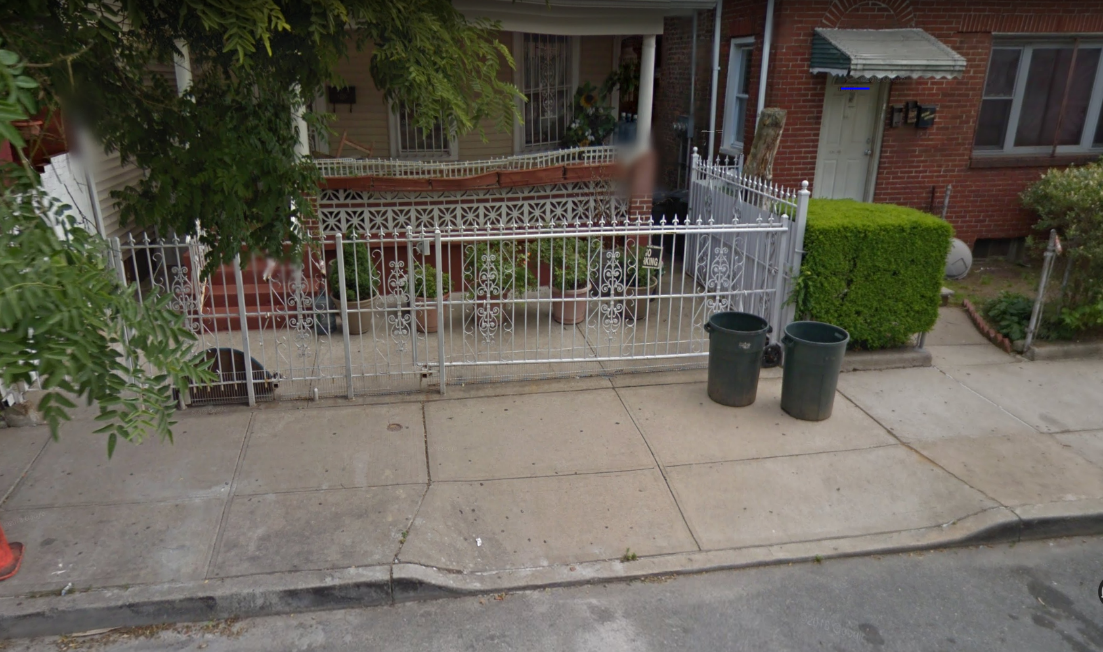DOE audit found none of the schools received primary lead testing by the October 31, 2016 deadline set by State law
Only 65 percent of the fixtures requiring remediation from 2018 and 2019 testing periods were tested in a timely manner. Fixtures were found to have pending repairs at Brooklyn schools for over three years, including 27 at one school located in Bushwick and 23 at another school located in East New York
Comptroller Stringer recommended actions to ensure a timely and accountable response to protect the safety of the city’s schoolchildren and staff
Follows September 2019 investigation revealing City’s systemic failure to protect children from lead exposure
New York City Comptroller Scott M. Stringer released an audit uncovering weaknesses, inefficiencies, and delays in the New York City Department of Education’s (DOE’s) testing of lead levels in water and subsequent remediation of fixtures with elevated lead levels in the city’s public schools. The findings showed that while the DOE ultimately did perform testing of all schools as required, none of them received the primary testing by the October 31, 2016 deadline set by the Lead Testing in School Drinking Water regulation of the New York State Department of Health (NYSDOH). The audit also found, in addition to delays in testing, submission of testing results, and post-remediation testing, a staggering 84 percent of the city’s schools had at least one water fixture tested that had elevated lead levels since 2016, with 10,814 such fixtures identified in the primary testing year (November 29, 2016 through April 26, 2017). Moreover, only 65 percent of the fixtures requiring post-remediation testing from the 2018 and 2019 testing periods were tested in a timely manner. The audit further found that fixtures in Brooklyn schools were awaiting repairs for over three years, including 27 at one school located in Bushwick and 23 at another school located in East New York.
Comptroller Stringer outlined a comprehensive set of recommendations to improve the DOE’s handling and remediation of fixtures requiring lead testing in the city’s schools to ensure all students and staff are protected from dangerous lead.
“No child, teacher, or member of school staff — whether in Washington Heights or Brownsville — should be exposed to lead in our public school buildings,” said New York City Comptroller Scott M. Stringer. “Our audit found that the DOE’s testing and remediation of lead was perennially delayed — potentially exposing both students and staff to dangerous levels of lead in school drinking water. The science is clear that lead exposure is extremely dangerous and can cause lifelong health problems — especially for our youngest children. The DOE must improve its lead inspection and remediation processes to ensure lead is detected and addressed immediately. Our children and school staff deserve nothing less.”
The DOE’s lab testing protocols required an immediate tagging of a school water fixture and removing it from service if the lead level in drinking water exceeded a mandated action level of 15 parts per billion (ppb). In May 2018, an amendment to the Lead Testing in School Drinking Water regulation was signed that required all State schools be tested for lead in 2020. The DOE obtained permission from the NYSDOH to test one-third of the schools each year for Calendar Years 2018, 2019, and 2020, following the primary testing period deadline of October 31, 2016.
Comptroller Stringer’s audit found the following inefficiencies with regard to the DOE’s controls over lead testing, sample collection and remediation of school water fixtures:
- None of the schools tested received their primary testing by the October 31, 2016 deadline set by the State.
- 84 percent of schools tested (1,323 out of 1,574) had at least one fixture test with elevated lead levels since 2016, with 10,814 such fixtures identified during the primary testing year. Delayed testing placed school students and personnel drinking water from these fixtures at risk for a longer period of time than would have been the case if the testing had been done within the initially mandated time frames.
- In total, more than 1 out of every 10 fixtures tested (11 percent) had elevated lead levels at the time they were tested.
- 95 percent or more of the schools in three zip codes in Brooklyn (East New York, Bushwick, and Brownsville) had at least one fixture that tested with an elevated lead level.
- DOE did not ensure that environmental consultants met certain deadlines in part by omitting the period between the collection of samples to their submission to the lab, a portion of the process where delays were observed.
- DOE did not assemble the data necessary to monitor whether the environmental consultants conducted the process in a timely manner.
- Only 65 percent of the fixtures requiring remediation from the 2018 and 2019 testing periods were tested in a timely manner in accordance with the DOE’s timetable.
- DOE had no evidence that it tracked the timeliness of fixture remediation and repair.
- Fixtures in Brooklyn schools were found to be awaiting repairs for over three years, including 27 at one school located in Bushwick and 23 at another located in East New York.
- 5,188 (2 percent) out of 270,822 water samples (from 583 schools) were not collected on days when schools were in full session as recommended, which could result in higher lead results.
- 325 (<1 percent) out of 152,914 fixtures did not receive all of the required tests (while the number of exceptions are small, each one reflects an increased risk to the health of students and staff in the City’s schools).
- 15 (1 percent) of the 1,574 schools that were open as of September 2019 did not meet the required stagnation period when they received their initial water testing.
- Data in the Lead in Water database generally reconciled with the information contained in the lab reports, although instances of missing or unsubstantiated information were identified.
In response to these findings, Comptroller Stringer recommended the following actions to the DOE:
- Ensure timely compliance with State rules and regulations pertaining to lead testing in water.
- Track and monitor testing timeframes, to ensure ECs are conducting the tests and submitting the results timely, and incorporate timeframes for the entire process into its written internal policies and procedures.
- Track and monitor the timeliness of fixture remediation and repair of out of order fixtures and follow-up with Facilities and the plumbing contractors in instances where remediation or repair is not done timely.
- Follow lead testing guidelines recommended by NYSDOH and test water when school is in full session.
- Ensure that fixtures which were re-tested during the summer months with elevated lead levels are retested.
- Ensure that fixtures without any subsequent tests are retested.
- Ensure that appropriate stagnation periods are met when accommodating schools’ requests for testing on specific dates.
This audit follows Comptroller Stringer’s September 2019 investigation that revealed the City’s systemic failure to protect children from exposure to toxic lead. The Comptroller’s investigation found that City agencies charged with eradicating childhood lead poisoning missed crucial opportunities to protect children by failing to take a proactive approach to prevent lead exposure.
To read Comptroller Stringer’s audit of the DOE’s lead testing in New York City schools, click here.









